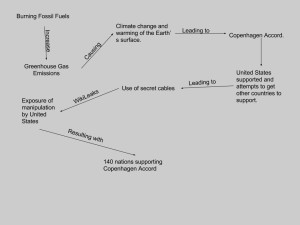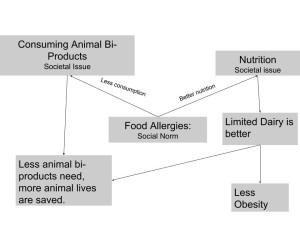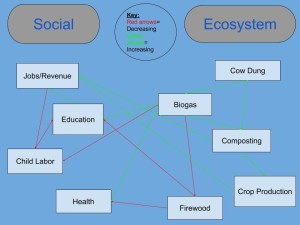For this learning activity pick two threats to biodiversity that are seen in you local community. Describe what they are, and what can be done to prevent loss of biodiversity. Finally, compare the scale of the threats in your community to the bigger scale of the world.
I am from Huntingdon, Pennsylvania, which is a small rural town in Central Pennsylvania. Here there is a sufficient amount of biodiversity due to the habitat provided by the area. However, there are threats to the biodiversity in this area.
Two major threats to biodiversity in Huntingdon are the logging being done for farming and housing development due to more people moving into the area. The nice wooded areas are quickly diminishing as local farms are expanding. With logging being done, habitat loss is occurring and the local wildlife are losing the areas that they lived in. With more people moving into the area more houses are being built in other areas that are being logged. With a greater human population in the local community theres is going to be a greater impact on the biodiversity in the area.
In order to prevent loss further loss of biodiversity in my local community many steps can be done. The first is farmers could consider a way of expanding that doesn’t involve logging our local woods. Also the neighbors of these farms could refuse to sell their land to the farmers in order to preserve the woodland located there. It is hard however to stop people from moving into the community, but there are still ways that these people could move here without causing such an impact on the environment. The first option is for these people to buy a house that is for sale rather than building a new one in a growing housing development.
Due to the small town nature of Huntingdon, the scale of loss of biodiversity is happening on a much, much smaller scale than other places in the world. Even with new people moving into the community the population is very small compared to major cities. Also logging one acre of land versus an entire forest is also insignificant. However, when taking into consideration how often the small scale threats occur they add together and become much more significant.



